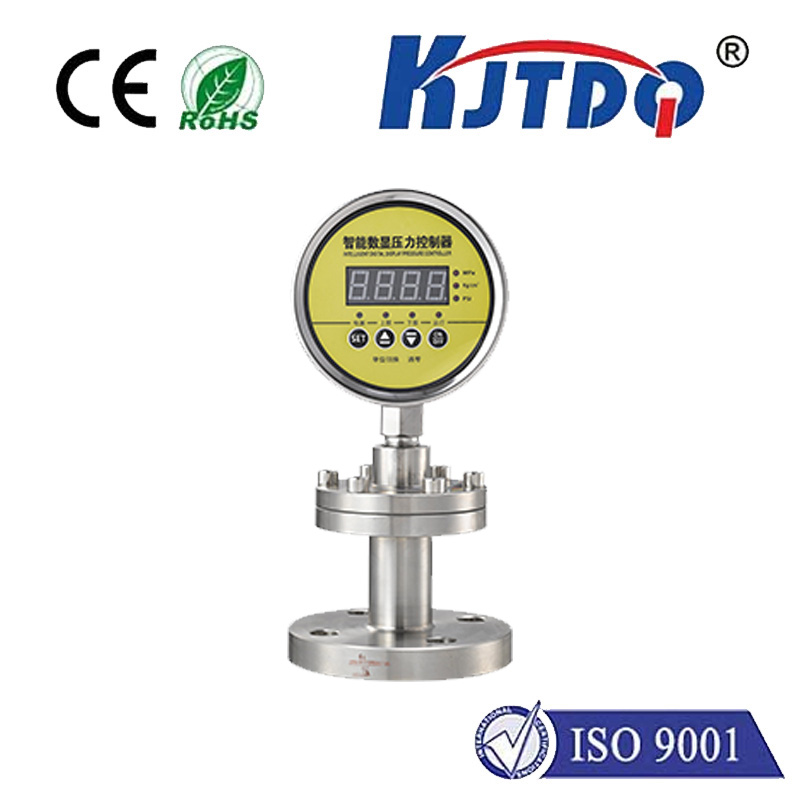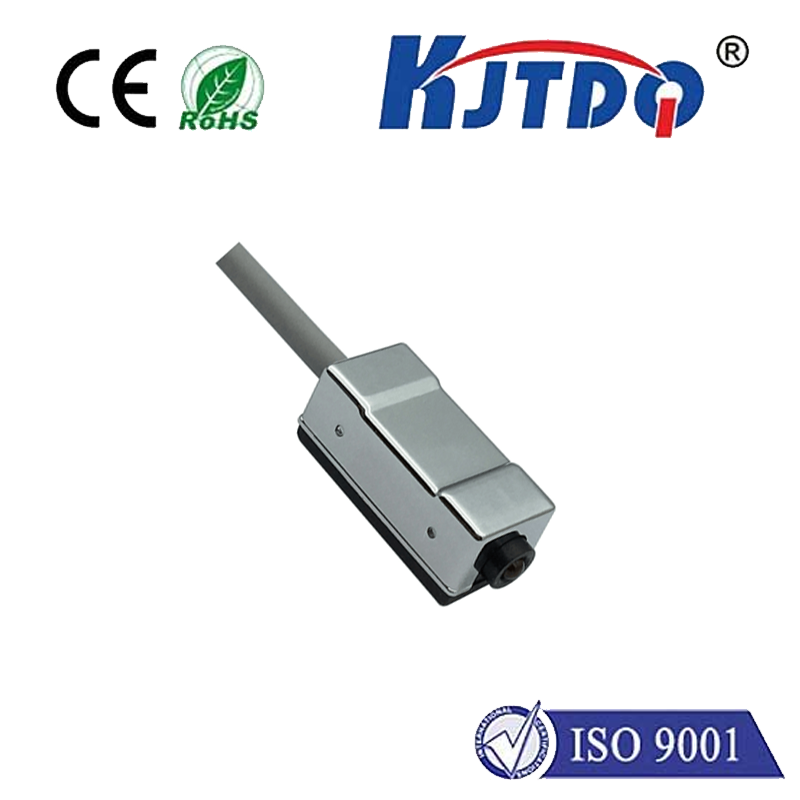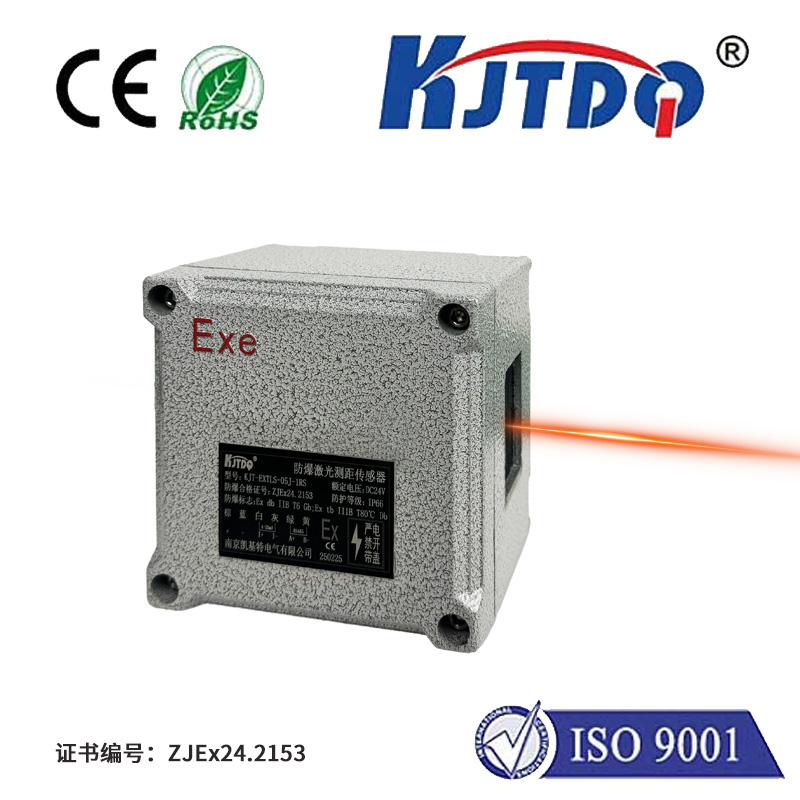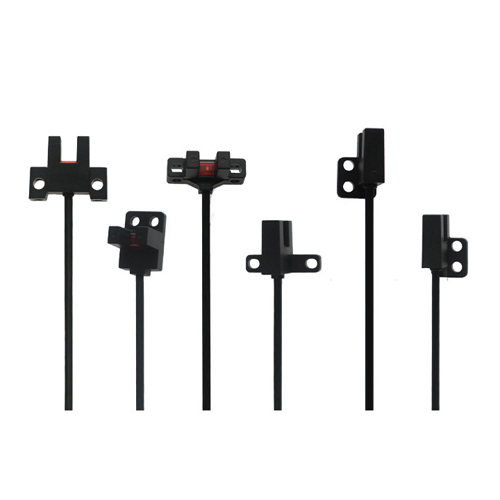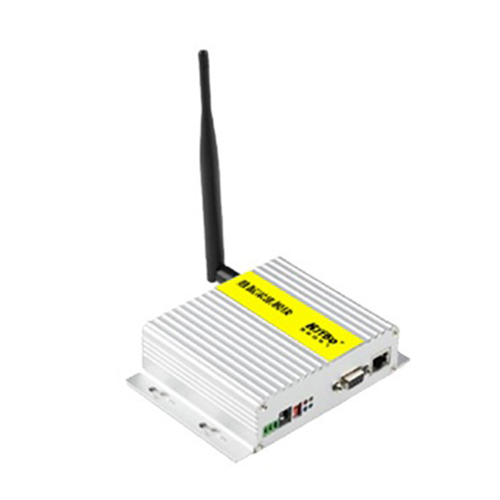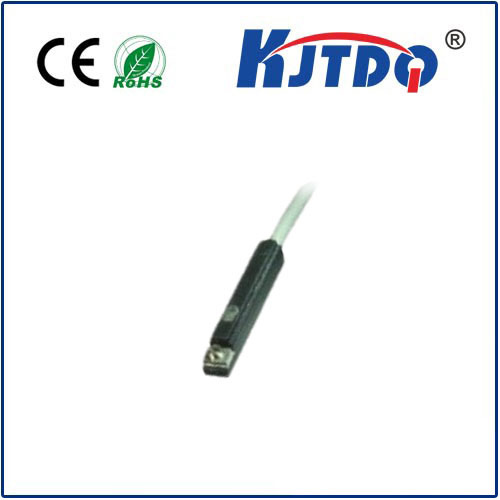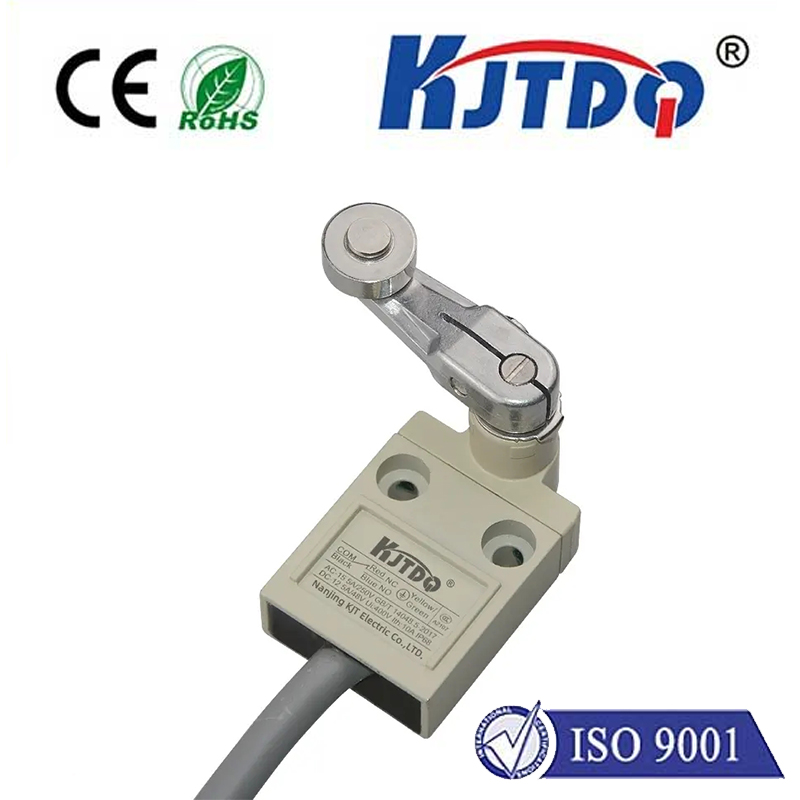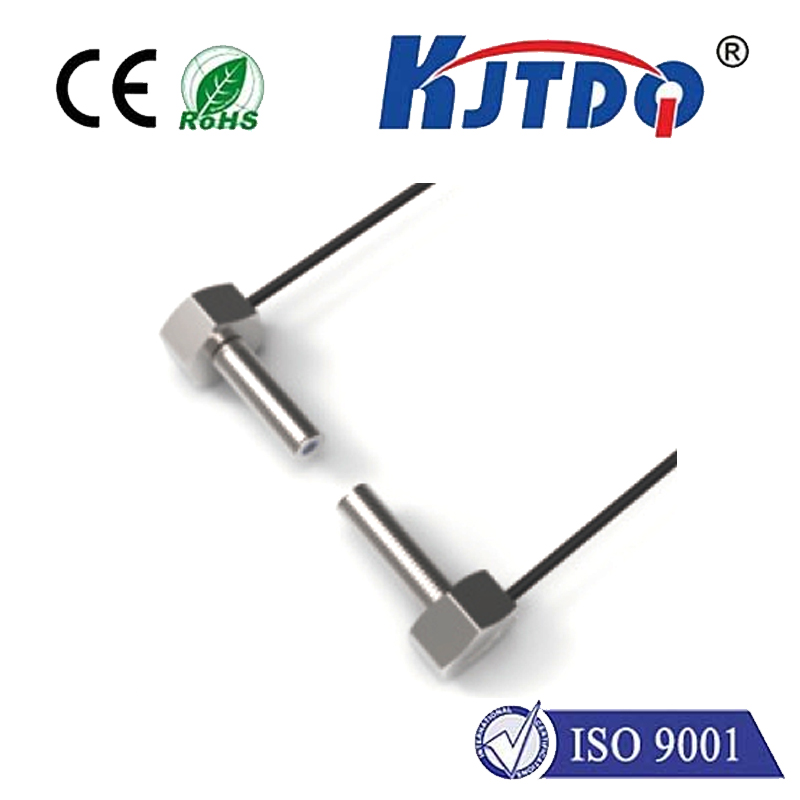room temp sensor
- time:2025-08-21 02:31:47
- Нажмите:0
The Silent Guardian: How a Room Temperature Sensor Can Transform Your Living Space
Have you ever tossed and turned at night, feeling inexplicably too warm or too cold? Or walked into a room only to find the air stuffy and uncomfortable? Often, the culprit is an unseen imbalance – the ambient temperature fluctuating beyond your ideal range. This is where the unassuming room temperature sensor steps in, acting as the unsung hero of modern comfort, efficiency, and even health within our homes and workplaces.
Far more than just a simple thermometer, a contemporary room temperature sensor is a sophisticated device designed to accurately measure the ambient air temperature in a specific location. Its core function is to provide precise, real-time data, forming the bedrock for intelligent environmental control. While the concept seems straightforward, the technology and applications behind these sensors reveal a world of subtle sophistication and significant impact.
How Does a Room Temperature Sensor Actually Work?
Most modern Датчик температуры rely on one of several key technologies:

- Thermistors: These are resistors whose electrical resistance changes dramatically and predictably with temperature changes (Negative Temperature Coefficient - NTC - thermistors decrease resistance as temperature rises). This change is measured and converted into a temperature reading.
- RTDs (Resistance Temperature Detectors): Typically made of platinum wire, RTDs have a very linear resistance change relative to temperature. They offer high accuracy and stability, often used in industrial or precision applications.
- Thermocouples: These consist of two different metals joined together. A voltage is generated at the junction point proportional to the temperature difference between that junction and the reference point. They are rugged and handle very high temperatures.
- Semiconductor Sensors: Integrated circuits (ICs) utilizing silicon-based properties offer a compact, cost-effective solution. They output digital or analog signals directly interpretable by microcontrollers.
Regardless of the underlying technology, the sensor’s core purpose remains: detecting minute changes in thermal energy and translating that into an accurate, usable temperature value.
Beyond Comfort: The Crucial Applications
The true power of a room temperature sensor unfolds when integrated into broader systems. Its data becomes actionable intelligence, driving automation and optimization:
- HVAC Precision Control: This is the most common application. Instead of relying on a single thermostat reading (which might be near a vent or window), strategically placed room temperature sensors provide feedback from actual living or working spaces. Your heating, ventilation, and air conditioning (HVAC) system can then fine-tune its output to maintain the desired temperature precisely where you are, eliminating hot or cold spots. This is the heart of true zone control.
- Smart Thermostat Intelligence: Modern smart thermostats (like Nest, Ecobee, or Honeywell Home) heavily rely on either built-in or remotely placed, wirelessly connected Датчик температуры. These sensors provide the data that allows the thermostat to learn schedules, detect occupancy (“Ecobee room sensors” excel at this), and optimize heating/cooling cycles for comfort and significant energy savings. Optimizing energy use based on actual room conditions is a major benefit.
- Climate Monitoring & Alerts: For sensitive environments like wine cellars, server rooms, greenhouses, or rooms housing pets, Датчик температуры provide continuous monitoring. They can trigger alerts via apps or notifications if temperatures stray outside a pre-set safe range, allowing for timely intervention.
- Health & Well-being: Consistently comfortable temperatures contribute significantly to better sleep quality and overall well-being. Sensors can help maintain optimal bedroom temperatures for restful sleep. Furthermore, stable humidity and temperature levels can deter mold growth and dust mites, contributing to better indoor air quality. Integrating with home air quality monitors creates a comprehensive picture of your environment.
- Smart Home Automation:А.room temperature sensor can be a key trigger within a smart home ecosystem. Imagine arriving home – your sensor detects the current temperature, and your smart home system can automatically adjust the thermostat before you even take off your coat. It can also shut off heating in unused rooms detected by occupancy sensors.
Choosing the Right Room Temperature Sensor: Key Considerations
With numerous options available, selecting the best sensor depends on your specific needs:
- Accuracy: How precise do you need the readings to be? For general comfort monitoring, ±0.5°C (±1°F) is usually sufficient. Scientific or critical applications demand higher accuracy (±0.1°C or better).
- Connectivity: Wired sensors offer reliability but require complex installation. Wireless sensors (using Wi-Fi, Zigbee, Z-Wave, or Bluetooth) are far easier to deploy and reposition. Consider compatibility with your existing smart home hub or thermostat ecosystem.
- Power: Battery-powered sensors offer ultimate placement flexibility but require battery changes. USB-powered or hardwired models provide constant power.
- Additional Features:
- Humidity Sensing: Many modern sensors combine temperature and humidity monitoring (often called thermo-hygrometers), crucial for comprehensive climate control.
- Occupancy Detection: Some sensors (like certain Ecobee room sensors or Aqara temperature and humidity sensors) include motion detection, providing presence data to smart thermostats or lighting systems.
- Display: Does it need a local readout, or will you solely rely on an app?
- App & Integration: Ensure the sensor’s data is easily accessible and integrates well with your preferred smart home platform (Google Home, Amazon Alexa, Apple HomeKit, SmartThings).
- Design: If placed visibly, aesthetics might matter.
- Smart Alerts: Configurable notifications for temperature thresholds.
The Unseen Advantage: Data & Insight
Perhaps the most understated benefit of deploying a room temperature sensor is the data it generates. Over time, you gain valuable insights into temperature patterns in your home: How quickly does the sun heat the living room? How much does the temperature drop overnight in the nursery? Does the kitchen stay warmer after cooking? This data empowers you to make informed decisions – adjusting thermostat schedules, improving insulation, optimizing airflow – leading to enhanced comfort, reduced energy bills, and a deeper understanding of your living environment. By providing an accurate picture of your immediate surroundings, the humble room temperature sensor plays a vital role in creating a truly responsive, efficient, and comfortable home.









